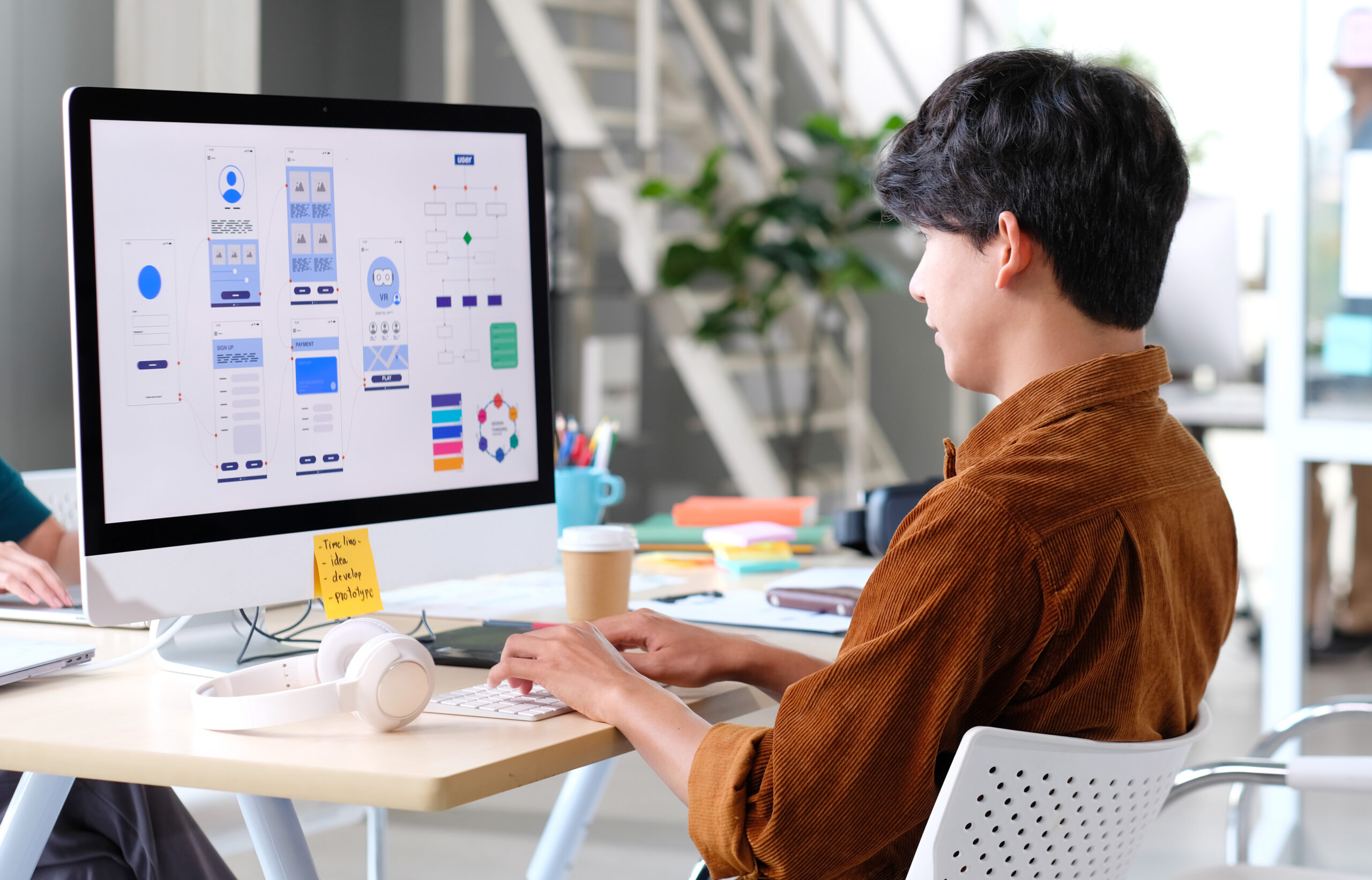Customized Aligned Position Web Design: Unique Web Designs That Reflect Your Brand’s Identity
Customized Aligned Position Web Design: Unique Web Designs That Reflect Your Brand’s Identity
Blog Article
The Very Best Kinds of Website Design to Enhance Customer Experience and Engagement
In the ever-evolving landscape of electronic communication, the effectiveness of Web layout considerably influences individual experience and engagement. Different layout methods, such as minimal, receptive, and interactive designs, each deal distinct benefits that can satisfy diverse individual demands. Comprehending which kinds of Web design finest offer these objectives can be crucial for businesses aiming to boost consumer complete satisfaction and retention. The concern continues to be: which design elements really reverberate with customers and foster meaningful engagement? The exploration of these principles exposes critical insights that may redefine your strategy to website design.
Minimal Web Style
As digital landscapes become increasingly messy, minimal Web design has become an effective approach to enhancing customer experience. This layout ideology focuses on simpleness, concentrating on necessary components while eliminating unneeded interruptions. By using enough white area, simple navigating, and a minimal color combination, minimalist style fosters clearness and guides user attention to vital content.
The core concept of minimal website design is to produce a seamless interaction for individuals. By decreasing cognitive lots, individuals can promptly comprehend info without really feeling bewildered. This direct approach not only enhances usability yet likewise urges involvement, as site visitors are most likely to explore a website that is visually appealing and easy to browse.
Furthermore, minimal design often stresses typography and imagery, using these components tactically to share messages efficiently. This concentrate on important parts can enhance brand identification and create a remarkable user experience. Essentially, minimalist website design is not just a fad; it is a thoughtful technique that recognizes the relevance of user-centered design. By removing away peripheral elements, designers can develop a more appealing, reliable, and pleasurable Web experience for all customers.
Responsive Website Design
In today's varied electronic setting, receptive Web style has come to be crucial for producing a smooth customer experience throughout a wide range of devices. As individuals access sites on mobile phones, desktop computers, tablet computers, and laptop computers, the ability of a web site to adapt its layout and content to various display dimensions and resolutions is important.
Responsive Web layout employs versatile grids, pictures, and CSS media queries to make certain that Web material exists ideally, no matter the device used. This approach not just enhances the visual appeal of an internet site yet additionally considerably improves functionality. Customers are most likely to involve with a website that provides a regular experience, as it removes the irritation of needing to zoom in or scroll exceedingly.
By taking on responsive style, services can enhance their exposure and get to a broader audience. In recap, receptive Web style is an essential method that boosts customer experience, engagement, and general contentment.
Interactive Web Layout
Receptive Web layout prepares for boosting user experience, however interactive website design takes this an action additionally by involving individuals in an extra dynamic way - Aligned Position Web Design. By integrating aspects such as computer animations, clickable prototypes, and real-time feedback, interactive Web design astounds individuals, attracting them right into a richer browsing experience
This method not only fosters involvement yet likewise encourages users to discover material actively instead of passively eating it. Methods such as gamification, where users gain benefits for completing tasks, can considerably enhance the moment invested in a site and boost general fulfillment. Additionally, interactive features can streamline complex details, making it a lot more digestible and delightful.

Integrating interactive design elements can additionally result in higher conversion prices, as individuals are much more likely to involve with a website that proactively entails them. Aligned Position Web Design. Eventually, interactive Web design transforms customer experiences right into memorable journeys, making certain that visitors return time and again
Flat Design
Characterized by its minimalistic approach, level style stresses simpleness and capability, removing away unneeded elements and focusing on necessary attributes. This style ideology focuses on use, guaranteeing that users can navigate interfaces easily and effectiveness. By employing a tidy visual, level layout gets rid of the mess typically located in more luxuriant styles, therefore boosting customer emphasis on content and performance.
The trademark of level design depends on its use of strong colors, simple typography, and geometric forms. These elements contribute to an aesthetically enticing interface that is both modern-day and approachable. Additionally, flat design cultivates a sense of clarity, allowing individuals to discern crucial actions and details without interruption.
In addition, level design is specifically efficient in responsive Web layout, as its simplicity equates well throughout different devices and display dimensions. By concentrating on necessary attributes, level style not just satisfies individual demands however likewise encourages smooth communication, making it an important element of reliable Web style techniques.
Flexible Website Design
Adaptive Web design personalizes the individual experience by producing several taken care of layouts customized to various screen sizes and devices. Unlike responsive design, which fluidly readjusts a single design, flexible design utilizes unique layouts for specific breakpoints, ensuring ideal discussion on numerous systems. This technique permits designers to concentrate on the special characteristics of webpage each gadget, improving use by delivering specifically what customers need based on their context.
Among the key advantages of flexible website design is its capability to enhance lots times and efficiency. By offering tailored web content and photos that fit the individual's gadget, sites can lessen data use and enhance loading rates. This is particularly valuable for customers with slower links or limited data plans.

In addition, adaptive style facilitates a more consistent and controlled branding experience. Considering that developers develop numerous layouts, they can make sure that the aesthetic aspects align with the brand name's identification across various platforms - Aligned Position Web Design. This leads to a natural individual experience, improving engagement and advertising user retention
Conclusion
Finally, the combination of minimalist, receptive, and interactive website design concepts substantially improves customer experience and involvement. Minimal design cultivates quality and focus, while responsive style makes sure flexibility throughout various devices, advertising access. Interactive layout captivates customers with dynamic components, urging expedition and customization. Collectively, these style comes close to contribute to the creation of easy to use environments that not just boost satisfaction yet likewise drive higher conversion rates, underscoring their important importance in modern Web design techniques.

Minimalist design fosters clarity and focus, while responsive design ensures adaptability across various tools, advertising accessibility. Collectively, these layout comes close to add to the development of easy to use atmospheres that not only improve complete satisfaction but also address drive greater conversion prices, highlighting their vital significance in contemporary Web layout methods.
Report this page